Digital Camera How It Works ?
A digital camera works by capturing light through a lens and converting it into digital data that can be stored on a memory card. When you press the shutter button, the camera's image sensor captures the light that enters the lens and converts it into electrical signals. These signals are then processed by the camera's image processor, which converts them into a digital image that can be saved onto a memory card.
The image sensor in a digital camera is made up of millions of tiny light-sensitive pixels that capture the light that enters the lens. Each pixel records the intensity and color of the light that it receives, and these values are combined to create a digital image.
Digital cameras also have a range of settings and features that allow you to control the exposure, focus, and other aspects of the image. These settings can be adjusted manually or automatically, depending on the camera's mode and the photographer's preferences. Overall, digital cameras have revolutionized the way we capture and share images, making it easier than ever to take high-quality photos and videos.
1、 Image capture process

Digital camera how it works:
A digital camera works by capturing and storing images in digital format. The process starts with the lens, which focuses light onto a sensor. The sensor is made up of millions of tiny light-sensitive cells called pixels. Each pixel records the amount of light that hits it and converts it into an electrical signal.
The electrical signals from the pixels are then processed by the camera's image processor, which converts them into a digital image. The image processor also applies various settings such as white balance, exposure, and color correction to the image.
The digital image is then stored on a memory card inside the camera. The memory card can be removed and the images transferred to a computer or other device for further processing or sharing.
The latest point of view on digital cameras is that they have become more advanced and sophisticated over the years. They now offer features such as high-resolution sensors, fast autofocus, and advanced image stabilization. Some cameras also have built-in Wi-Fi and GPS, allowing for easy sharing and location tagging of images.
Image capture process:
The image capture process in a digital camera involves several steps. First, light enters the camera through the lens and is focused onto the sensor. The sensor is made up of millions of pixels, each of which records the amount of light that hits it.
The electrical signals from the pixels are then processed by the camera's image processor, which converts them into a digital image. The image processor also applies various settings such as white balance, exposure, and color correction to the image.
The digital image is then stored on a memory card inside the camera. The memory card can be removed and the images transferred to a computer or other device for further processing or sharing.
The latest point of view on image capture is that cameras are now capable of capturing high-quality images in low light conditions, thanks to advances in sensor technology. Cameras also offer features such as burst mode, which allows for multiple images to be captured in quick succession, and HDR (high dynamic range) mode, which combines multiple images to create a more detailed and balanced final image.
2、 Sensor technology

Sensor technology is the backbone of digital cameras. It is responsible for capturing the image and converting it into a digital format that can be stored and processed. The sensor is a small electronic device that is made up of millions of tiny light-sensitive pixels. When light enters the camera through the lens, it hits the sensor and each pixel records the amount of light that it receives. This information is then converted into a digital signal that is processed by the camera's image processor.
The latest advancements in sensor technology have led to the development of larger sensors with higher resolution and better low-light performance. These sensors are capable of capturing more detail and producing images with greater clarity and color accuracy. Additionally, some cameras now feature backside-illuminated (BSI) sensors, which allow more light to reach the sensor and improve low-light performance even further.
Another recent development in sensor technology is the use of stacked sensors. These sensors have multiple layers, with the photodiodes (light-sensitive pixels) on one layer and the processing circuitry on another. This allows for faster processing and improved image quality.
Overall, sensor technology is constantly evolving and improving, allowing digital cameras to capture images with greater detail, clarity, and color accuracy than ever before.
3、 Lens mechanics

Digital camera how it works:
A digital camera works by capturing light through a lens and converting it into digital data that can be stored on a memory card. When you press the shutter button, the camera's sensor captures the light that passes through the lens and converts it into an electrical signal. This signal is then processed by the camera's image processor, which converts it into a digital image that can be stored on the camera's memory card.
The lens mechanics of a digital camera are crucial to its performance. The lens is responsible for focusing the light onto the camera's sensor, and the quality of the lens can have a significant impact on the quality of the final image. Modern digital cameras often use complex lens systems that include multiple elements and coatings to reduce distortion and improve image quality.
In recent years, digital cameras have become increasingly sophisticated, with features like autofocus, image stabilization, and advanced metering systems. Many cameras also include built-in Wi-Fi and Bluetooth connectivity, allowing you to easily transfer images to your computer or mobile device.
Overall, the digital camera has revolutionized the way we capture and share images, and it continues to evolve with new technologies and features. From amateur photographers to professional photographers, the digital camera has become an essential tool for capturing and preserving memories.
4、 Image processing

Image processing is the backbone of how a digital camera works. When a picture is taken, the camera's sensor captures the light that enters the lens and converts it into an electrical signal. This signal is then processed by the camera's image processor, which applies various algorithms to enhance the image quality.
The image processor performs several functions, including noise reduction, color correction, and sharpening. It also applies compression algorithms to reduce the size of the image file, making it easier to store and share.
In recent years, advancements in image processing technology have led to the development of more sophisticated algorithms that can perform tasks such as facial recognition, object detection, and even scene recognition. These algorithms are used in applications such as security cameras, autonomous vehicles, and augmented reality.
One of the latest developments in image processing is the use of artificial intelligence and machine learning. By training algorithms on large datasets of images, these technologies can learn to recognize patterns and make predictions about new images. This has led to significant improvements in areas such as image recognition, natural language processing, and even medical diagnosis.
Overall, image processing is a critical component of how digital cameras work, and advancements in this field continue to drive innovation in a wide range of industries.



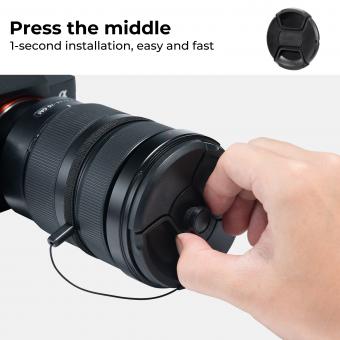




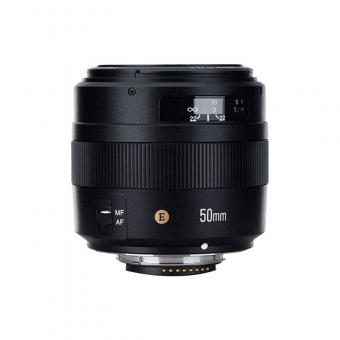





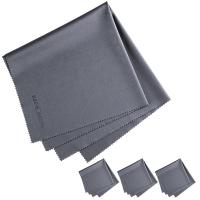
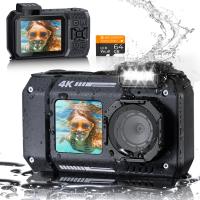
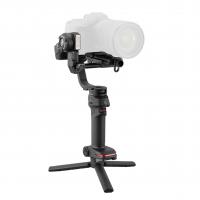

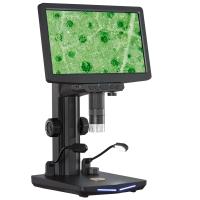
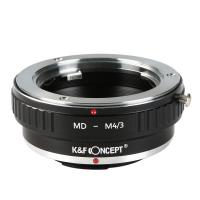

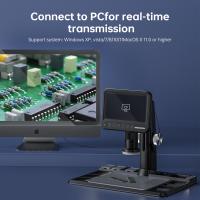
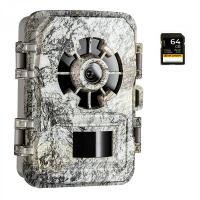
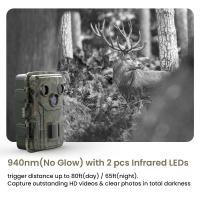




There are no comments for this blog.